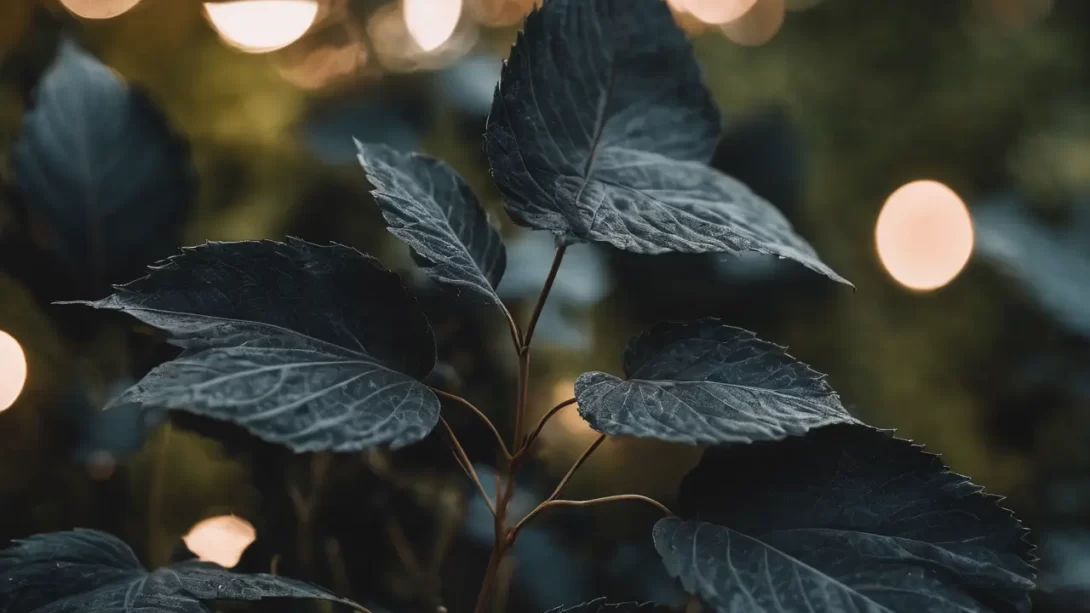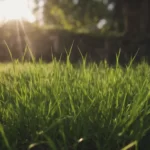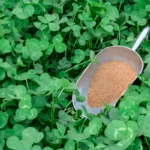When the leaves of your plants turn black, it can be a sign of distress, signaling various possible issues ranging from diseases to environmental stressors. Identifying and addressing the root cause of this symptom is crucial for the health and longevity of your plants. This article will guide you through the steps to diagnose and remedy the problem, helping you restore your plant to its vibrant state.
Identifying the Causes of Black Leaves
The appearance of black leaves on plants is often a cause for concern among gardeners. This phenomenon can be attributed to several factors, including fungal infections, overwatering, and pest infestations. Environmental factors such as excessive sunlight, extreme temperatures, or exposure to pollutants can also lead to blackening of leaves. Understanding the underlying cause is essential for effective treatment.
Fungal Infections
Fungal infections are a common culprit behind black leaves. Diseases like black spot, sooty mold, or leaf blight can cause leaves to darken and decay. These infections often thrive in humid, moist conditions and can spread quickly if not addressed.
Overwatering and Poor Drainage
Overwatering is another common cause of black leaves. Excess water can lead to root rot, which in turn affects the leaves, causing them to turn black and wilt. Poor drainage exacerbates this problem by allowing water to accumulate around the roots.
Pest Infestations
Pests such as aphids, scale insects, and spider mites can also lead to black leaves. These pests damage the plant by sucking sap from the leaves, leading to discoloration and the eventual death of the leaf tissue. Pest infestations often leave behind a sticky residue, which can further attract sooty mold.
Diagnosing Your Plant
To effectively treat black leaves on your plant, a proper diagnosis is key. Start by closely inspecting the affected leaves. Look for patterns in the blackening – is it occurring on new growth, older leaves, or throughout the plant? Check for signs of pests, like webbing or sticky residue, and examine the soil to assess moisture levels. Consider recent changes in the plant’s environment, such as a new location, fluctuating temperatures, or altered watering routines. These clues can help pinpoint the exact cause of the black leaves.
Treatment Strategies
Once the cause of black leaves on your plants is identified, you can begin treatment. Each issue requires a specific approach to effectively restore the health of your plant.
Fungal Infections
If a fungal infection is diagnosed, it is important to act quickly. Remove any affected leaves to prevent the spread of the disease. For mild cases, natural remedies such as neem oil or a baking soda solution can be effective. In more severe cases, applying a fungicide may be necessary. Choose a product suitable for the specific type of fungus and follow the application instructions carefully. Increasing air circulation around the plant and reducing humidity can also help prevent future fungal issues.
Overwatering and Poor Drainage
Addressing overwatering involves adjusting your watering routine. Allow the soil to dry out between waterings, and make sure your pot has adequate drainage holes. If the soil is consistently soggy, consider repotting the plant into fresh, well-draining soil. In cases of severe root rot, it may be necessary to trim away rotted roots before repotting. Monitoring soil moisture going forward will be crucial to prevent recurrence.
Pest Infestations
For pest control, start by isolating the affected plant to prevent the spread to others. Remove visible pests and affected leaves. Insecticidal soaps or neem oil are effective natural treatments for many common plant pests. For severe infestations, you might need to use a stronger insecticide. Always follow the product’s instructions and apply it in a well-ventilated area. Regular inspection of your plants can help catch infestations early before they become severe.
Preventative Measures
Prevention is key in maintaining the health of your plants and avoiding the recurrence of black leaves. Ensure your plants are in an environment conducive to their specific needs, with appropriate levels of sunlight, temperature, and humidity. Regularly inspect your plants for early signs of pests or disease. Good hygiene practices, such as cleaning tools and containers, can also help prevent the spread of pathogens. Proper watering and fertilization tailored to each plant’s needs will promote strong, healthy growth, making them less susceptible to problems. Remember, a well-cared-for plant is the best defense against diseases and pests.
Conclusion
The appearance of black leaves on plants is a clear signal that your plant is in distress, but with the right approach, it can often be resolved. Accurate diagnosis is the first step to understanding whether the issue stems from fungal infections, overwatering, poor drainage, or pest infestations. Each cause requires a specific treatment plan, whether it’s applying fungicides, adjusting watering practices, improving soil drainage, or using pest control methods.
Preventative measures are equally important in ensuring the ongoing health of your plants. By providing the right environmental conditions and regular care, you can greatly reduce the chances of these problems recurring. Regular monitoring and maintenance, coupled with good hygiene practices, will help keep your plants thriving.
Remember, gardening is a learning experience. Each challenge offers an opportunity to become a more skilled and knowledgeable gardener. By staying attentive to the needs of your plants and responding promptly to issues like black leaves, you’ll be well-equipped to enjoy the rewards of a healthy, vibrant garden.




